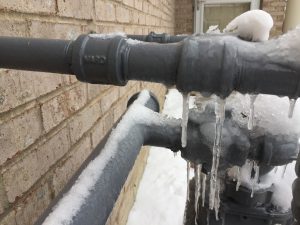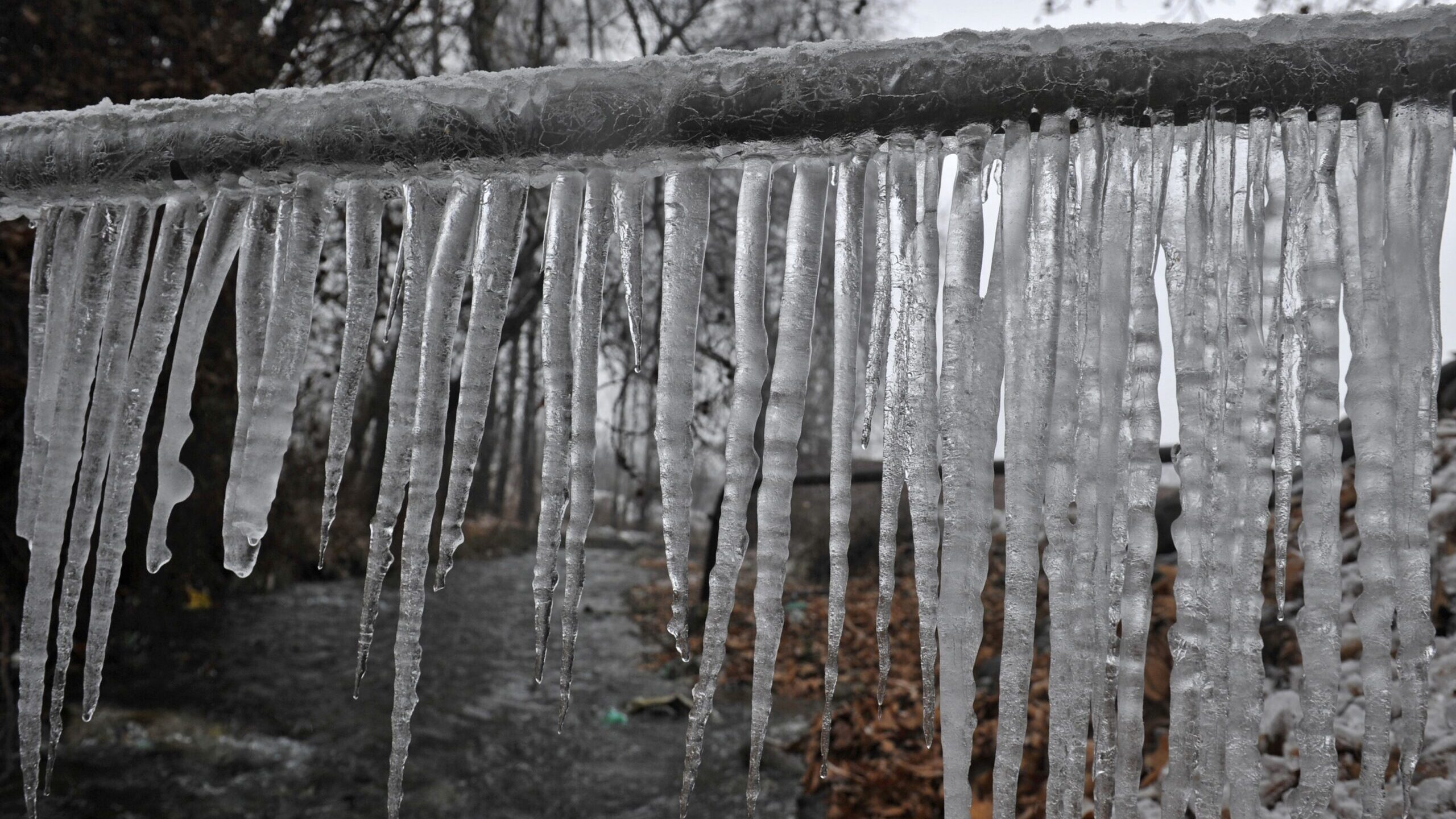Crucial Advice to Prevent Frozen Plumbing in Winter: Professional Guidance
Crucial Advice to Prevent Frozen Plumbing in Winter: Professional Guidance
Blog Article
This article which follows in relation to Helpful Tips to Prevent Frozen Pipes this Winter is relatively enlightening. Try it and make your own personal final thoughts.

Winter can damage your plumbing, particularly by freezing pipelines. Here's exactly how to stop it from taking place and what to do if it does.
Introduction
As temperatures drop, the risk of icy pipes increases, possibly bring about expensive repairs and water damages. Comprehending how to stop frozen pipelines is important for homeowners in cool climates.
Avoidance Tips
Protecting at risk pipelines
Cover pipes in insulation sleeves or utilize warmth tape to safeguard them from freezing temperature levels. Focus on pipes in unheated or external locations of the home.
Heating methods
Maintain indoor spaces effectively heated, especially areas with plumbing. Open up closet doors to permit warm air to circulate around pipes under sinks.
How to determine frozen pipes
Try to find reduced water circulation from taps, unusual odors or noises from pipes, and visible frost on exposed pipes.
Long-Term Solutions
Architectural changes
Take into consideration rerouting pipelines far from exterior walls or unheated locations. Include additional insulation to attics, basements, and crawl spaces.
Updating insulation
Purchase premium insulation for pipes, attic rooms, and wall surfaces. Proper insulation aids preserve consistent temperature levels and minimizes the risk of icy pipes.
Shielding Outside Plumbing
Garden tubes and exterior taps
Disconnect and drain pipes garden hose pipes before winter. Set up frost-proof faucets or cover exterior faucets with insulated caps.
Recognizing Icy Pipelines
What triggers pipelines to ice up?
Pipes ice up when subjected to temperatures below 32 ° F (0 ° C) for prolonged durations. As water inside the pipelines ices up, it expands, putting pressure on the pipe wall surfaces and possibly creating them to break.
Risks and damages
Frozen pipes can result in water system interruptions, property damage, and expensive repairs. Burst pipelines can flooding homes and trigger substantial structural damage.
Indicators of Frozen Piping
Recognizing frozen pipes early can stop them from breaking.
What to Do If Your Pipes Freeze
Immediate actions to take
If you believe icy pipes, maintain faucets open to soothe pressure as the ice thaws. Utilize a hairdryer or towels soaked in warm water to thaw pipes gradually.
Conclusion
Protecting against frozen pipelines requires aggressive steps and fast responses. By recognizing the causes, indications, and safety nets, property owners can secure their pipes during cold weather.
5 Ways to Prevent Frozen Pipes
Drain Outdoor Faucets and Disconnect Hoses
First, close the shut-off valve that controls the flow of water in the pipe to your outdoor faucet. Then, head outside to disconnect and drain your hose and open the outdoor faucet to allow the water to completely drain out of the line. Turn off the faucet when done. Finally, head back to the shut-off valve and drain the remaining water inside the pipe into a bucket or container. Additionally, if you have a home irrigation system, you should consider hiring an expert to clear the system of water each year.
Insulate Pipes
One of the best and most cost-effective methods for preventing frozen water pipes is to wrap your pipes with insulation. This is especially important for areas in your home that aren’t exposed to heat, such as an attic. We suggest using foam sleeves, which can typically be found at your local hardware store.
Keep Heat Running at 65
Your pipes are located inside your walls, and the temperature there is much colder than the rest of the house. To prevent your pipes from freezing, The Insurance Information Institute suggests that you keep your home heated to at least 65 degrees, even when traveling. You may want to invest in smart devices that can keep an eye on the temperature in your home while you’re away.
Leave Water Dripping
Moving water — even a small trickle — can prevent ice from forming inside your pipes. When freezing temps are imminent, start a drip of water from all faucets that serve exposed pipes. Leaving a few faucets running will also help relieve pressure inside the pipes and help prevent a rupture if the water inside freezes.
Open Cupboard Doors
Warm your kitchen and bathroom pipes by opening cupboards and vanities. You should also leave your interior doors ajar to help warm air circulate evenly throughout your home.

As a reader about 6 Ways to Prevent Frozen Pipes, I assumed sharing that excerpt was really helpful. So long as you appreciated our blog entry if you please be sure to pass it around. Thank you for your time. Please visit our site back soon.
Schedule Services Report this page